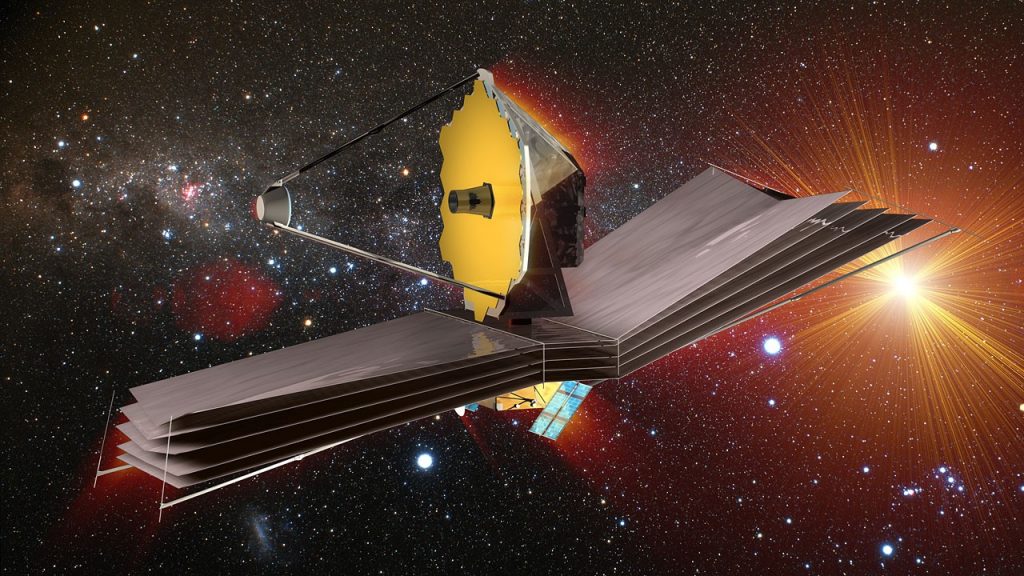The James Webb Space Telescope, which will be launched by NASA, will be the most powerful telescope in space.
In April 1990, the Hubble Space Telescope was launched into Low-Earth orbit. The famed observatory has enlarged our vision of the cosmos and captured our interest with the beautiful photographs it captures over the last three decades. We could see stars and galaxies as we’d never seen them before, and what was previously a pale and unfathomable void became a detailed and vibrant world.
The James Webb Space Telescope (JWST) is the most technologically advanced and costly telescope ever constructed. It’s been dubbed the “successor” to the Hubble Space Telescope, which was launched in 1990. But how will its images compare to those taken by Hubble?
The visible and ultraviolet light are Hubble’s primary focuses. Its instruments can see a little section of the infrared spectrum between 0.8 and 2.5 microns, but not as well as James Webb.
JWST is a space telescope that focuses on the infrared spectrum from 0.6 (red light) to 28 microns (infrared). This implies that, unlike Hubble, it won’t be able to see in ultraviolet light, but it will be able to focus on intense infrared objects such as extremely distant galaxies.
Hubble’s largest diameter is 4.2 metres and its length is 13.2 metres (43.5 feet) (14 ft.) It’s around the size of a big truck. Hubble’s aperture (the part of the telescope that can receive light) is 2.4 metres in diameter.
The JWST sunshield measures approximately 22 metres by 12 metres (69.5 ft x 46.5 ft). It’s about half the size of a 737 plane. A tennis court is about the size of the sunshield. JWST’s aperture is 6.5 metres in diameter.
At an altitude of 570 kilometers, the Hubble Space Telescope orbits the Earth. The JWST will not orbit the Earth. Instead, it will sit at the L2 Lagrange point between the Earth and the Sun.
Space missions are notorious for taking longer than predicted, but the JWST has been particularly unlucky.
It was supposed to be released in 2007, but due to a major overhaul, rising costs, and delays, it was put back until roughly 2018. However, the testing period from 2016 onwards was plagued by severe delays, and the global pandemic of 2020 added to the mix.
The launch had been set for 18 December 2021, however, after an ‘event’ during launch preparations, the date was pushed back to no earlier than 22 December. NASA later announced that the launch had been postponed until December 24 owing to a “communication difficulty between the observatory and the launch vehicle system.”

